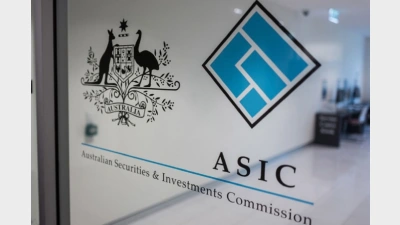Frontier urges better fee regime



While many investors now closely monitor the fees they pay as a percentage of assets via their member expense ratio (MER) or equivalent, few investors monitor the actual dollar cost of investment management fees, according to asset consultancy, Frontier Advisors.
In a further critique of the management fees by superannuation funds, Frontier's chief executive, Damien Moloney, said Frontier's view was that investment management fees should be explicitly budgeted and forecast on a dollar basis, as well as a MER basis.
"This requires detailed mandate by mandate forecasting, along with assumptions at the individual manager level, but many of these forecasts and assumptions are made to calculate the MER anyway," the Frontier analysis said.
"In performing this analysis, most investors would be surprised at both the overall dollars involved, but also at how quickly this total increases over time."
"A focus on actual dollars paid makes it easier for an investor to contemplate alternative applications for those fees e.g. for internal staff, additional infrastructure, member engagement programs," it said.
The analysis said that in monitoring and controlling the dollar fees paid, the key overall question to consider was how much such costs should be allowed to increase from year to year.
"The core question that we ask at this point is: if all other expense lines are rising at CPI/AWOTE or thereabouts, why aren't investment management fees? In our view, dollar fee budgets are a very important first step in managing investment management fees and is an exercise as important as forecasting MERs. Both should be completed every year as part of the budget process. If you don't measure it, you can't control it."
Recommended for you
Ethical super fund Australian Ethical has announced the appointment of Anthony Lane as chief operating officer.
The structural shift towards active ETFs will reshape the asset management industry, according to McKinsey, and financial advisers will be a key group for managers to focus their distribution.
ASIC has warned that practices across the $200 billion private credit market are inconsistent and, in some cases, require serious improvement.
A surge in electricity prices has driven the monthly Consumer Price Index to its highest level in a year, exceeding forecasts.









